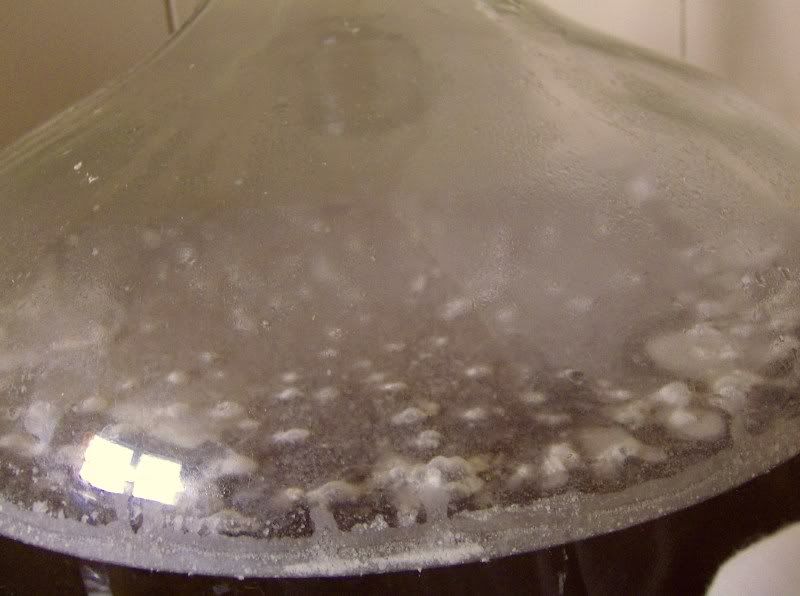Dauntless
Well-Known Member
This is a RyePA I brewed with a buddy. Kinda sad his first batch gets infected like this. I'm pretty sure I need to give my beer thief a thorough scrubbing.
Anyways, does anyone know what to do with this? It smells kinda like chemical treated leather... Is this a Brett strain? We were about to bottle this in a couple of days, FG was 1.020.
Is this a Brett strain? We were about to bottle this in a couple of days, FG was 1.020.

Anyways, does anyone know what to do with this? It smells kinda like chemical treated leather...



